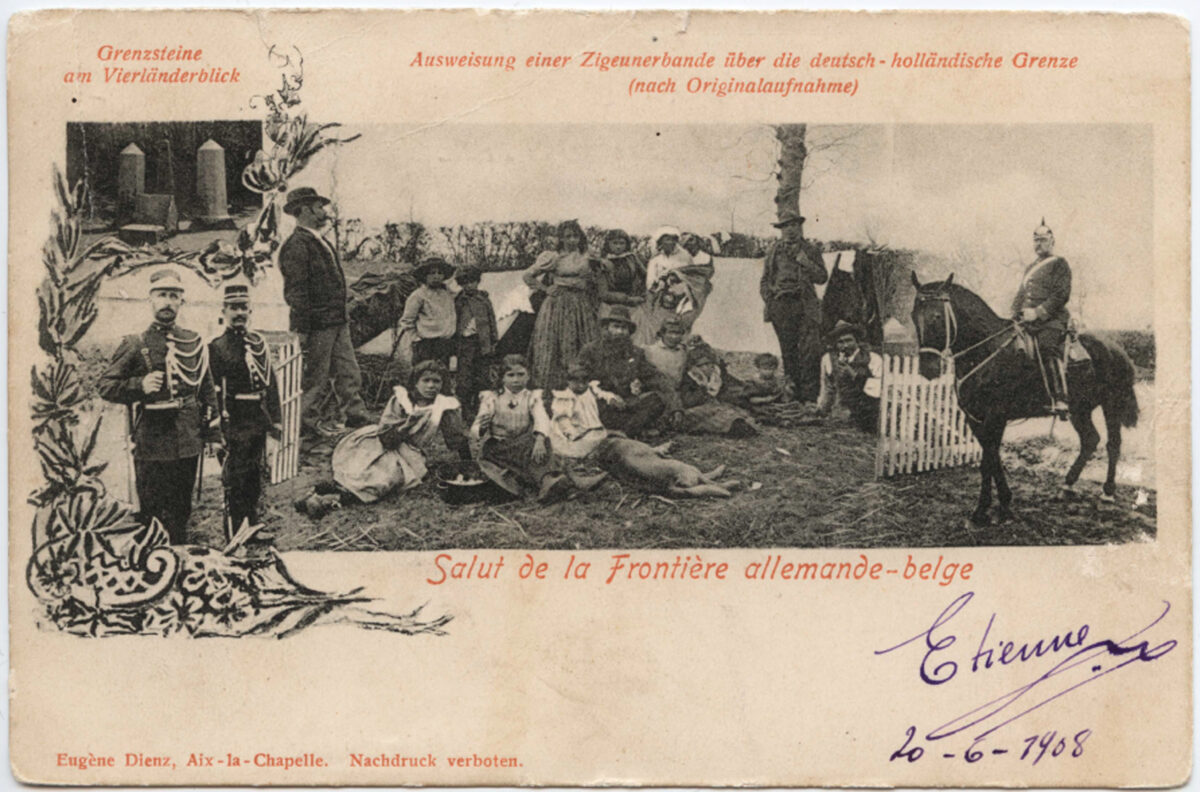One of the key themes of the RomMig project is the practices by which Sinti and Roma were policed in Germany and Britain and across Europe. European states and societies shared the project of monitoring, controlling and – in the long term – suppressing their mobility and their ways of living and working, a project which geared up in the decades studied by RomMig.
Nearly all public agencies and social institutions took part in this project, and the police and the courts played key roles, maintaining a machinery of criminalisation and discrimination that operated without interruption even by the defeat of the Nazis in 1945 and persists today. This means that combating antigypsyism today calls for engagement with the police, judicial and other authorities to remind them of the history they share with Sinti and Roma and give them the tools to recognise and counter racism in their own everyday work.
Our partner Mario Franz, of the Lower Saxony Association of German Sinti, is doing pioneering work in this field. He is consulting with police chiefs from across the region to establish anti-gypsyism awareness courses for new recruits to the police service, and in cooperation with the Leibniz University he is working to extend the training programme to staff in other agencies such as job centres and youth services.
Significantly, the most recent venue for the Association’s exhibition on the Nazi persecution of Sinti and Roma in Lower Saxony was the courthouse in Göttingen, where it was opened by the Göttingen Chief of Police and a senior judge of the district court.

